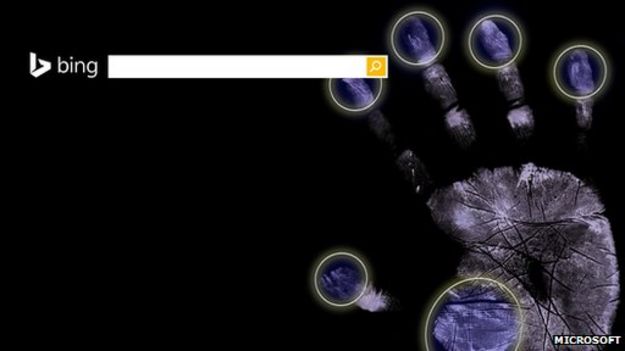The ACM, IRTF & ISOC Applied Networking Research Workshops (ANRW) offer a vibrant forum for researchers, vendors, network operators, and the Internet standards community to exchange emerging results in applied networking research. To foster collaboration across these diverse groups, ANRW events are co-located with IETF standards meetings, typically held annually in July. These workshops prioritise interactive discussions and engagement, complementing traditional paper presentations.
ANRW '24, held on 23 July 2024 at the Hyatt Regency Vancouver, brought together industry leaders and academics to share insights on advancing networking technologies. Among the standout sessions was a keynote presentation by Sharad Agarwal, Senior Principal Researcher at Microsoft. His keynote titled, "Lessons I Learned in Leveraging AI+ML for 5G/6G Systems", highlighted pivotal themes influencing telecom and networking.
Sharad distilled his experiences into three key lessons, each underscored by examples of research and systems developed to address specific challenges in the telecom industry:
- Leverage Cloud Scale to Overcome Limitations of Deployed Protocols: He emphasised that the scale of cloud computing is critical to managing the massive demands of modern telecom networks. For instance, systems like TIPSY (Traffic Ingress Prediction SYstem) demonstrate how AI and ML can predict traffic ingress points across thousands of peering links, helping to avoid bottlenecks and ensure optimal traffic distribution.
- Custom Learning Algorithms vs. Off-the-Shelf Solutions: While bespoke algorithms offer higher precision for niche applications, their complexity and deployment challenges often outweigh their benefits. Sharad argued for balancing innovation with practicality, advocating for leveraging pre-built AI and ML models wherever possible to streamline integration.
- Mitigate Risks of AI Hallucinations through Careful System Design: Acknowledging the risks posed by unreliable AI outputs, he stressed the importance of robust system design. Using LLexus, an AI-driven incident management system, as an example, Sharad highlighted techniques like iterative plan generation, validation rules, and human auditing as essential safeguards against AI errors.
The talk also delved into broader trends shaping the telecom landscape:
- Cloudification of Telecom Infrastructure: The shift from hardware-based to software-based network functions, underpinned by cloud-native principles, has revolutionised telco infrastructure. This transformation facilitates rapid upgrades, reduces costs, and introduces new opportunities for AI-driven analytics.
- Challenges in Performance and Reliability: Ensuring high throughput, low latency, and carrier-grade reliability in cloudified networks remains a significant hurdle. Innovations like PAINTER and LLexus demonstrate how AI and ML are being applied to optimise these aspects.
- Emerging Business Models and Private Deployments: The integration of new radio technologies and virtualised network functions is driving novel revenue streams, such as private 5G/6G networks for mission-critical applications like factory automation.
Finally, Sharad’s keynote underscored how AI, ML, and cloud computing are reshaping the telecom industry, particularly in the era of 5G and the forthcoming 6G. By leveraging the scale of cloud infrastructure, balancing algorithmic complexity, and designing systems with resilience against AI pitfalls, the industry is poised to meet its ambitious goals of high bandwidth, low latency, and unparalleled reliability.
The video of his talk is embedded below and the slides are available here:
Related Posts:
- Free 6G Training - SK Telecom 6G White Paper: View on Future AI Telco Infrastructure
- Telecoms Infrastructure Blog: SK Telecom's Vision for Future Telco Infrastructure in the AI Era
- Telecoms Infrastructure Blog - Data Centers At Meta: Heterogeneous Integration Driven By AI/ML And Network Applications


























